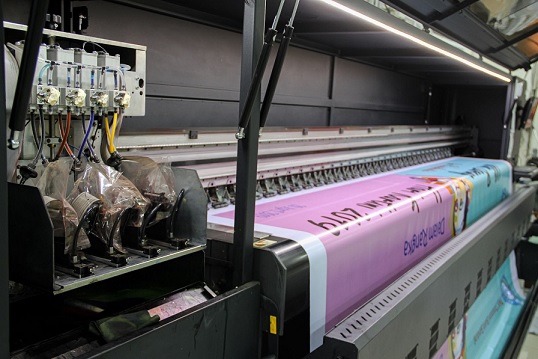Age-old textile printing methods like silk screening are now giving way to new-age digital textile printers. However, understanding the nitty-gritty of a digital printer may be complex for a novice person. So this blog post gives a comprehensive overview of textile digital printing. Once you read this blog post, you will know which questions to ask the next time you visit a digital textile printer manufacturer.
How Digital Textile Manufacturing Works
The digital textile manufacturing industry has emerged as the most creative industry in the recent past. The awesome quality of prints, the remarkably low turnaround times, and the high efficiency of printers have made the digital printing industry stand out.
The Fabrics Used
Cotton is one of the most commonly used materials used for textile printing. But a whole lot of fabrics like polyester and silk can also be used to create fancy digital prints.
Steps In Digital Textile Printing
- Developing the design- In most cases, pictures are scanned directly, and if no further changes are required, the file is stored in printer-compatible format.
- Preparing the fabric- the fabric, be it cotton, silk, or polyester is the next crucial step of textile printing. In this stage, the fabric is padded with chemicals which makes the fabric stiffer and sturdier. The sturdiness of the fabric is essential as it makes sure that the fabric does not fold or crumble during the printing process.
- Ink selection- not all types of inks work well on all sorts of fabrics. So ink selection remains a crucial step in the printing process. There are several types of inks, like pigment inks, and these work pretty well for synthetic and natural fabrics. So it does not matter if you are working with rayon or cotton pigment dyes will work well. Reactive inks, on the other hand, work well for natural fibers.
- Printing process- The fabric is set properly without any creases, and the printer head is set according to the thickness of the fabric.
- Fixing the dye- the printing process just applies the dye on the surface of the fabric. The dye must be fixed or bound well with the fabric so that it does not wash off after a few rounds of washing. The fixing process essentially uses a fixing agent, also known as a cross-linking agent.
- Washing- this is the last step in the printing process, where the fabric is washed after the fixing is over.
Advantages Of Digital Textile Printing
Digital textile printing is a flourishing industry, and it will continue to grow because of the significant advantages it offers. It offers good prints, requires less manual labor, reduces wastage, and requires low capital investment. Moreover, almost all types of fabrics are compatible with modern digital printers.
Conclusion
Modern-day digital printers are revolutionizing the way in which all industries function, and the textile industry is no different. If you are planning to invest in a digital textile printer, learn about the pros and cons. Also, learn about the machine specifications that you must keep in mind while making a purchase.

